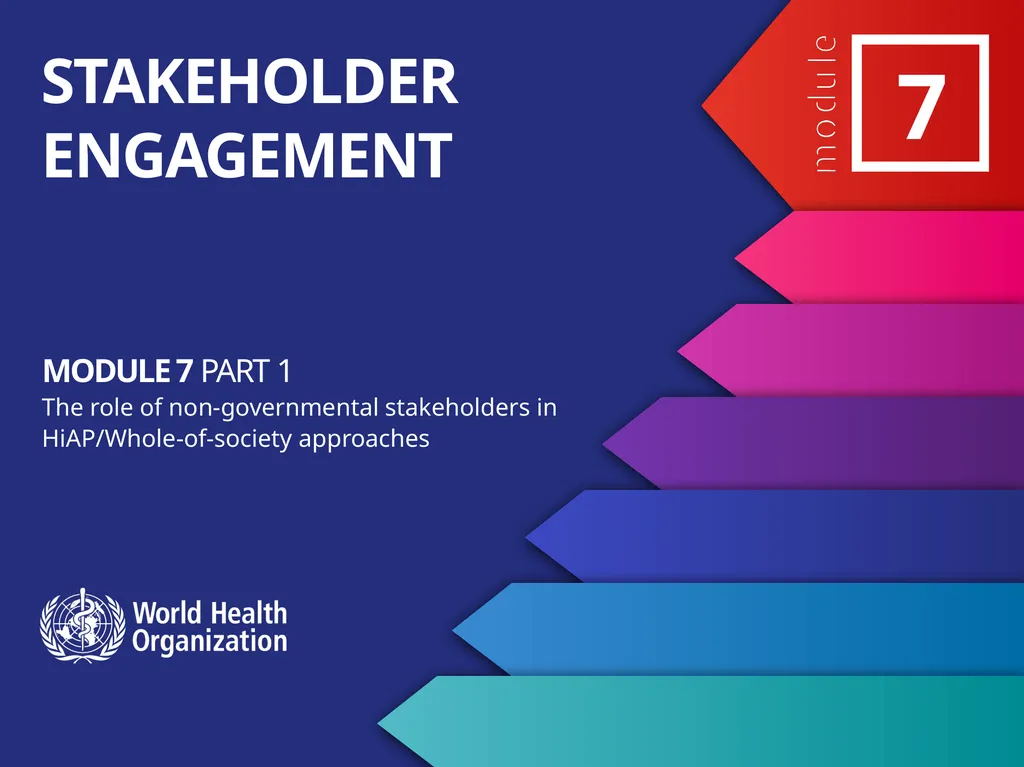
MODULE 7 PART 1 The role of non-governmental
Author: tawny-fly | Published: 2025-05-28
Description: MODULE 7 PART 1 The role of non-governmental stakeholders in HiAPWhole-of-society approaches Stakeholder engagement 7 LEARNING OBJECTIVES Define a stakeholder and provide examples Explain the benefits and challenges of non-government
Download Presentation
Download the PPT/PDF: Download
Transcript:
Loading transcript…